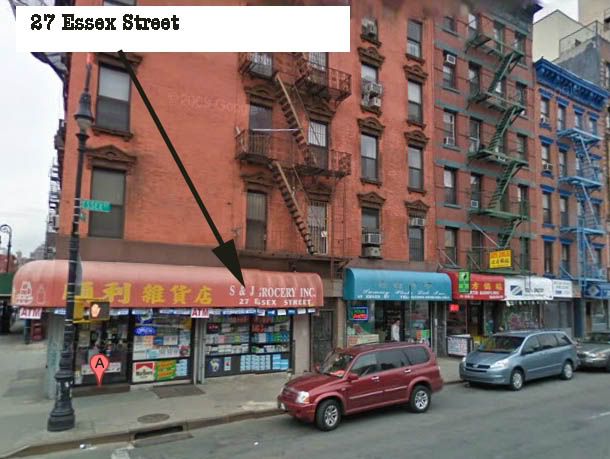An article in the New York Times gives some background. The men demanded that they be able to work during daylight hours, mainly for reasons of safety, and the Sanitation Department, which employed them, refused to grant this demand. A snide letter to the editor gives one person's reaction: The reason for the cleaners' strike Is plain to one who's smart; Like most of us they want to choose Their hours a la carte. The city hired strikebreakers and the work stoppage was soon brought to an end. Times letter writers saw the conflict as a test of power between the Teamsters Union and city government. Some supported the union and some supported government, but most simply wanted their ashes collected and the streets cleared of accumulating trash. LC's photos are from its Bain News Service collection. The garbage trucks of the day consisted of one man, one horse, one cart. The city operated more than 20,000 of them. I appreciate the dignity of the horses shown in the photos: alert, patient, and strong. The images seem to show a police force intent on preserving order without taking sides. In them the faces of strikebreakers show a lack of confidence, maybe just nervousness, maybe fear. The faces of the crowds in the street show everything from anger, to interest in the spectacle unfolding before them, to the well-known New Yorker's seen-it-all aloofness.What I gleamed from David Ziskind's One Thousand Strikes The workers were striking for a 48 hour week and relief from annoying regulations and arbitrary discipline. When any driver was found with garbage containing ashes, even though they may have been mixed by householders, the driver was fined several days pay.
Saturday, November 26, 2011
27 Essex Street: Then And Now
The then has a reference to the 1911 garbage strike. The notation in the picture incorrectly refers to PS 26. What is meant is PS 62 which was across the street on the eastern side of Essex at that time.
About the 1911 strike from secondat
Subscribe to:
Post Comments (Atom)




























No comments:
Post a Comment